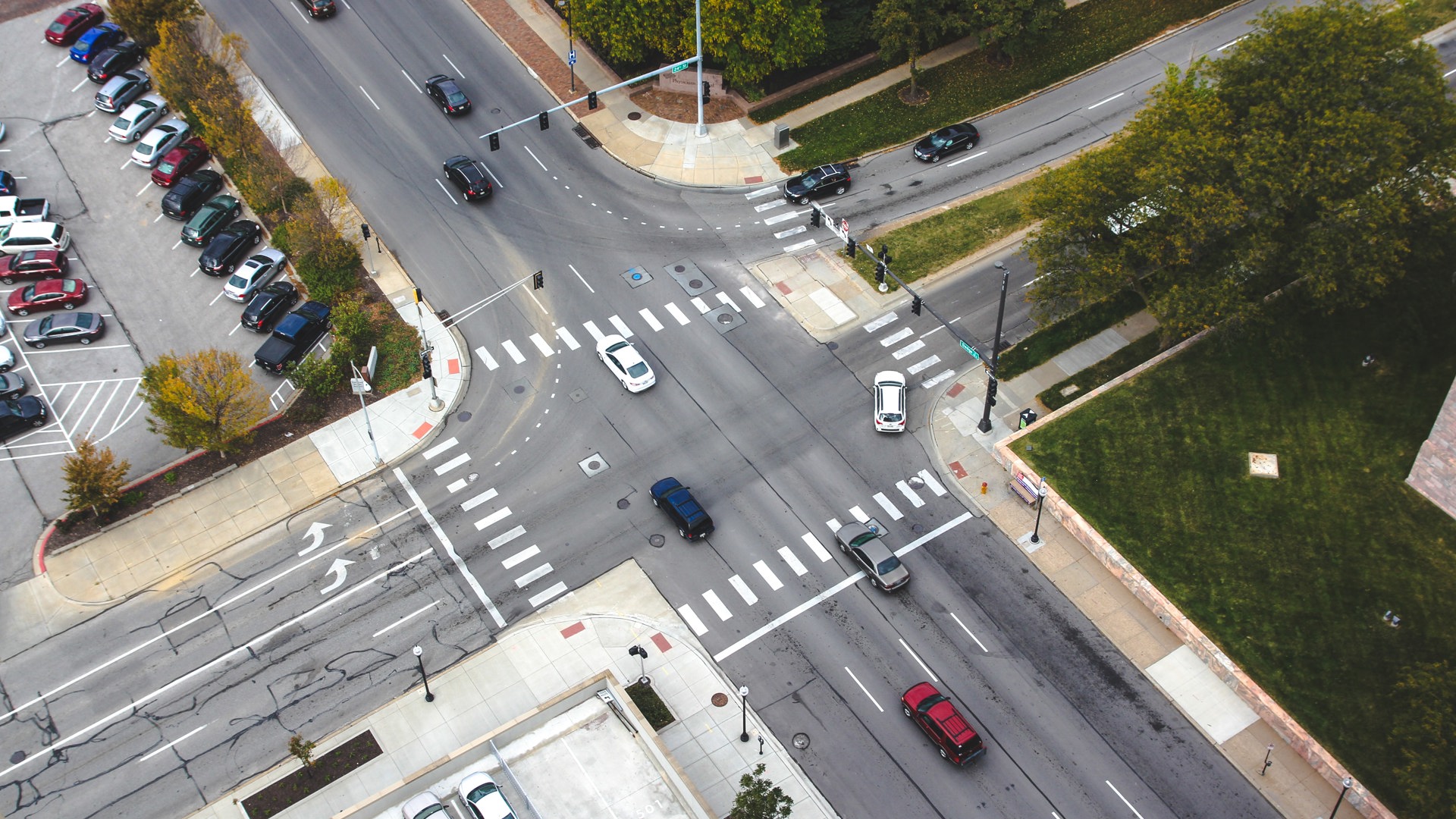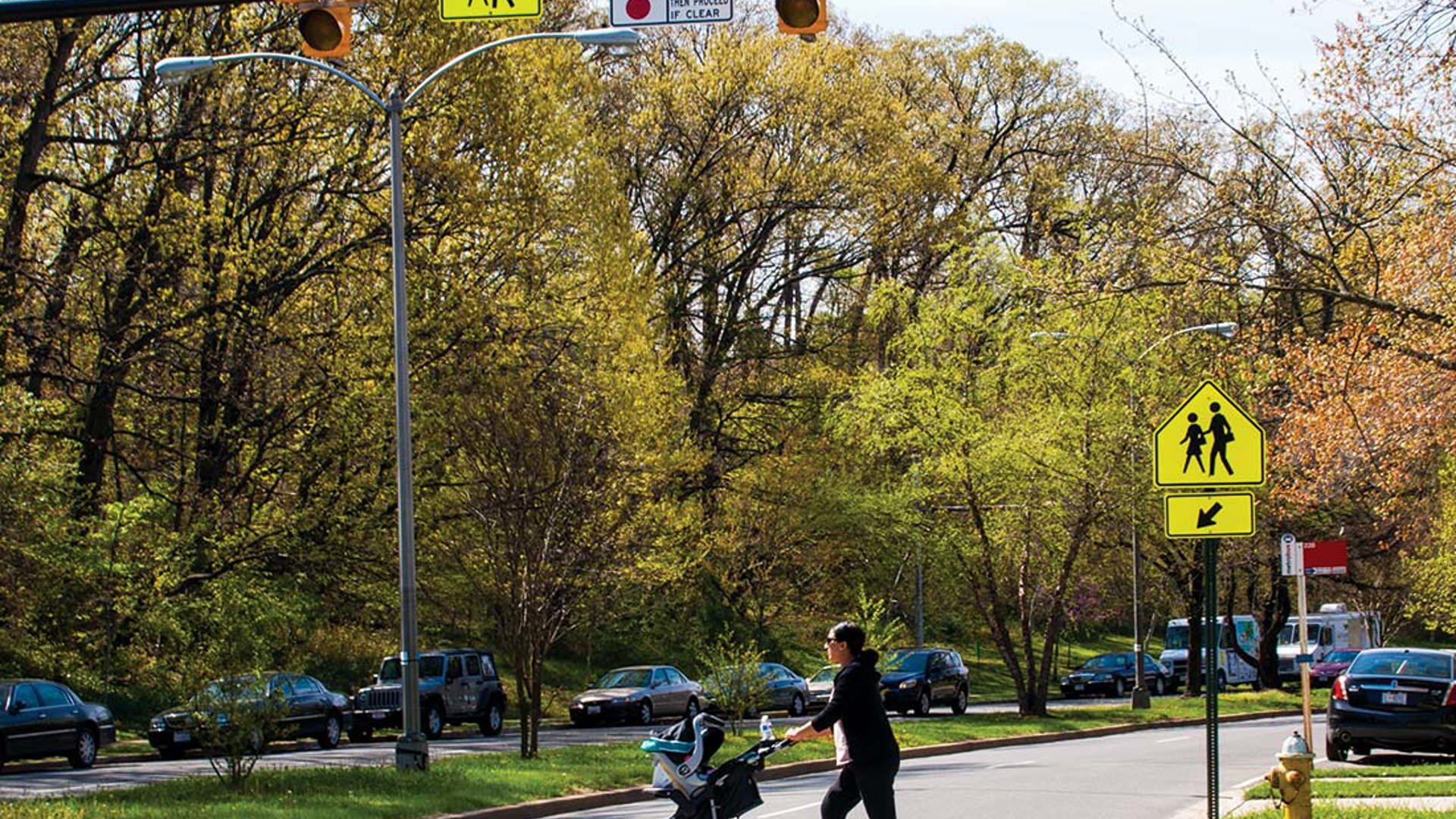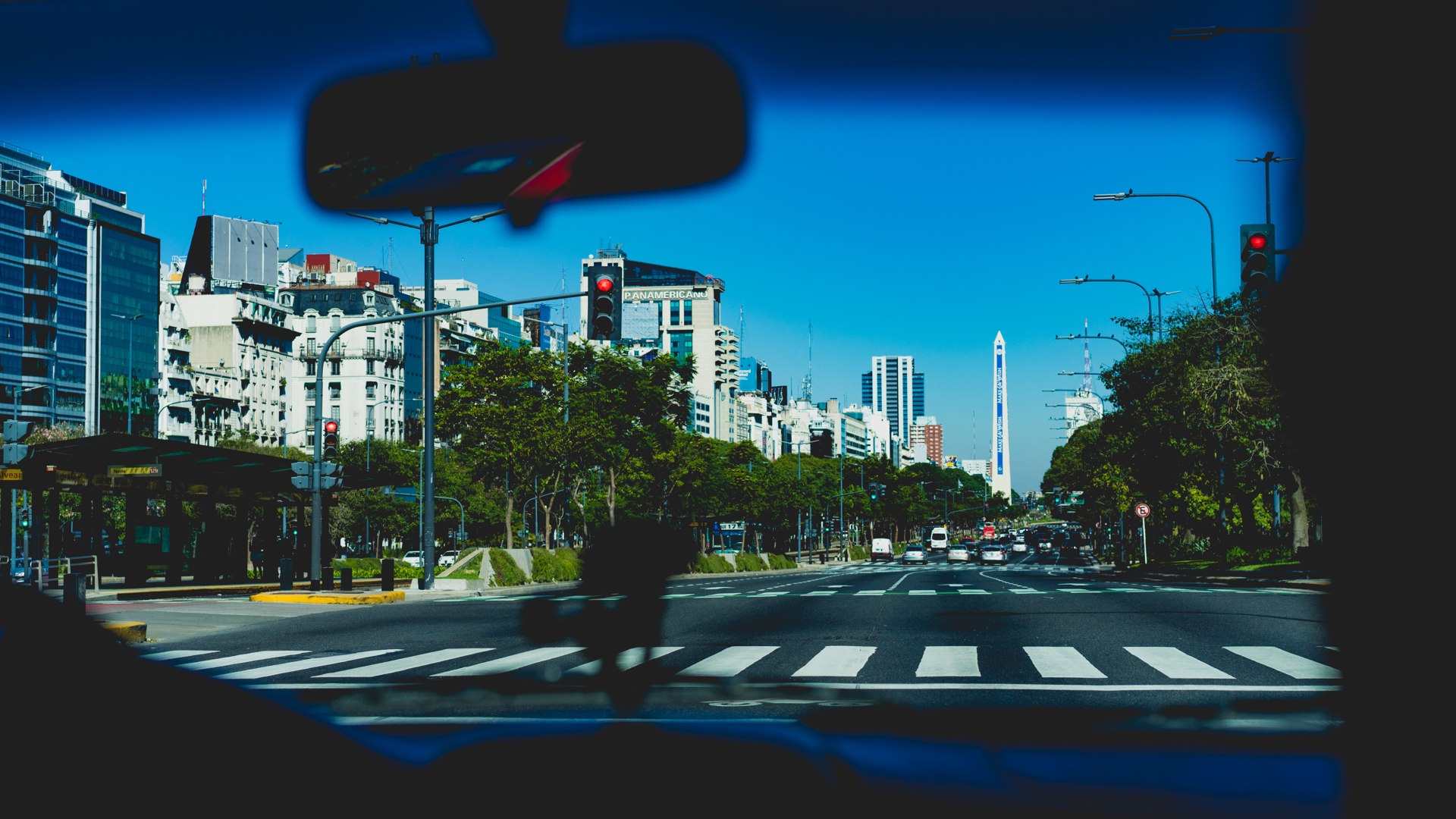A new study from the Insurance Institute for Highway Safety sheds some light on the increasing number of drivers hitting pedestrians, with that type of collision becoming both more deadly and more common.
In the US, pedestrian deaths are up 46 percent since 2009, due to both more frequent and more deadly collisions. The IIHS study looked at collisions between drivers and pedestrians from 2009 to 2016 across the US, in an effort to see where the largest increases were coming. Seeing where changes were needed to help provide solutions to the problem. "Understanding where, when and how these additional pedestrian crashes are happening can point the way to solutions," says IIHS President David Harkey. "This analysis tells us that improvements in road design, vehicle design and lighting and speed limit enforcement all have a role to play in addressing the issue."
In 2016, a total of 5,987 pedestrians were killed when struck by a vehicle. That's 16 percent of all crash fatalities in the US, and the highest toll since 1990. The number of deaths per 100 crashes was up 90 percent from a low point in 2010. The data is in stark contrast to the number of driver and passenger fatalities which has been trending downward for decades and is nearly one quarter lower than just a decade ago.
Data in Canada shows a similar story. Transport Canada data shows that 334 pedestrians were killed in 2016, the highest figure since 2007. Pedestrians experienced 17.6 percent of all road fatalities in 2016 and 14.4 percent of all serious injuries.
So where are the collisions occurring? The IIHS study showed urban collisions up 54 percent and rural up 25 percent. So the number is up on all roads, but predominantly in the city. Arterial roads, the often four-lane streets that lead in and out of cities, saw a 67 percent increase, with local roads experiencing a nine percent increase. Collisions were up at both intersections and non-intersections, 35 and 50 percent respectively. They were also up in all light conditions, with dark seeing a 56 percent increase, daylight seeing 20 percent, and dusk/dawn at 27 percent.
The IIHS says the increased arterial deaths aren't a surprise. They generally lack signalled crossings, but drivers are not always alert to marked crosswalks between lights. "When people are forced to walk long distances to the nearest signalized intersection, they are more likely to choose the riskier option of sprinting across multiple lanes of traffic," Harkey says. "Communities can improve safety by providing more options to safely cross." Options like pedestrian-activated beacons and flashing lights. Sidewalks also increase safety to pedestrians on these roads.
Changing vehicle habits are also causing problems. The study found that collisions involving an SUV were up 81 percent, more than any other vehicle type. The more powerful a vehicle, the more likely it was for the driver to be involved in a collision with a pedestrian. That was based on power to weight ratio, with bigger increases near the top of the scale.
To help reduce pedestrian deaths, the IIHS recommends increased speed enforcement, better lighting of both streets and cars, and better road design. They also believe that front crash prevention systems can lower pedestrian injury rates by around 35 percent, based on existing vehicle data. Changes to soften the impact of SUVs could also save lives and injuries.
Data from Quebec's licensing bureau shows that a distracted driver was the cause of more than 40 percent of crashes where a pedestrian was injured or killed. Visibility was attributed as the cause in just 13 percent of driver pedestrian collisions from 2011 to 2015.
Major cities across Canada have been increasing efforts and programs to help reduce collisions between drivers and pedestrians. Drivers should remember to not drive distracted, like driving while on the phone, slow down when visibility is poor, and remember to watch for pedestrians at marked and unmarked crosswalks. Pedestrians are advised to try and make eye contact with drivers to ensure they see you and are stopping before stepping out.



